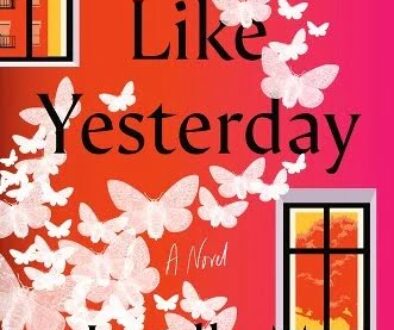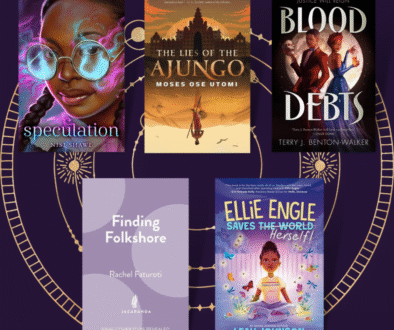The Plot Thickens: Trese Vol 3: Mass Murders
Inspired by my watch of the animated series, this month I picked up the latest installment of the graphic novel series, Trese. Trese Vol. 3: Mass Murders is a great entry point for fellow TV viewers who want answers to some of the lingering questions about the series’ villains and worldbuilding.
Netflix viewers of Trese will also be satisfied with finding that time works similarly across both formats, with storylines showing the intertwined parallels between present and past through well-timed flashbacks. The result is that we uncover much of Trese’s backstory along with the political and societal forces that have pushed this universe into constant upheaval as wrought by monsters and greedy humans. This basis of storytelling is very effective in driving home the message that the fates are irrevocably intertwined. Between the intermingling of the spiritual world with the Trese family’s journey to maintain a balance with it and the mortal world and the changing timeframe of the story, there are times where continuity can become confusing. Generally, the story balances all of these elements well by using mystery and character development to keep the pulse of the story steady amidst all of the aforementioned story elements. All of the supernatural beings are given full agency for their interactions within the mortal realm and are provided histories related to the Trese family to show why their present-day actions are so important. For instance, we are introduced to a group of elders who better understand and interact with video games than Trese, our twenty-something protagonist, ever will. Their ability to adapt to culture to satisfy their spiritual needs is so commonplace in this world, that no one even remarks on the novelty of this integration.
The Trese series is something I will continue to follow in both graphic novel and TV form not only because it is adept at balancing so many intricate story details with aplomb, but also because it refreshes tales from Filipino culture with a diaspora-specific lens. As someone who deeply appreciates BIPOC creators being able to bring their inherited stories to new life, this series serves as a great example of how to do so while also confronting social ills like corruption and structural malfeasance.



